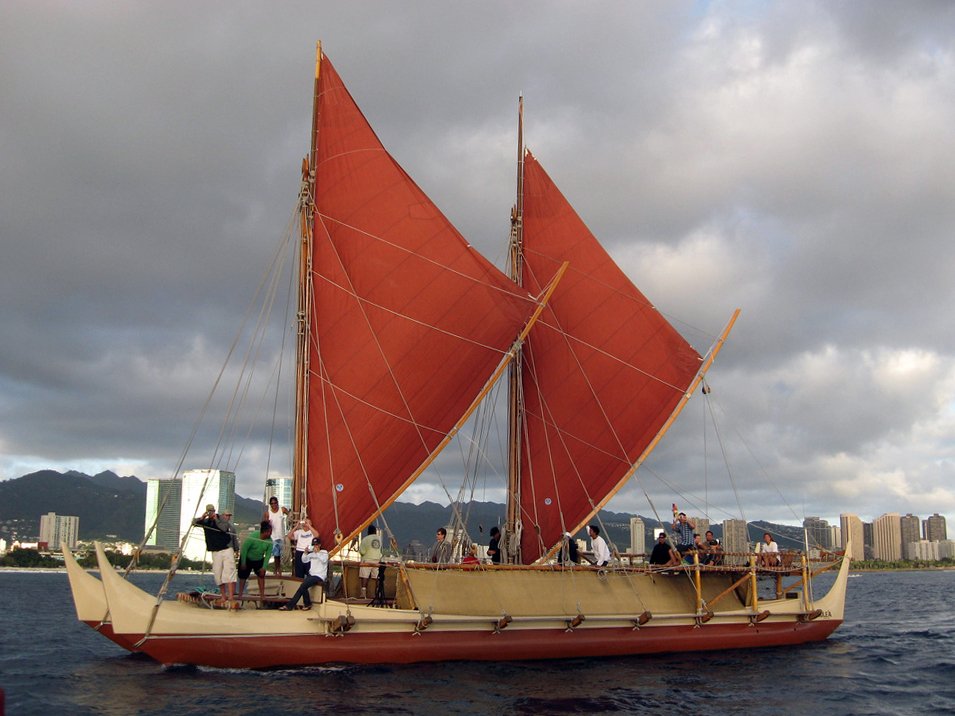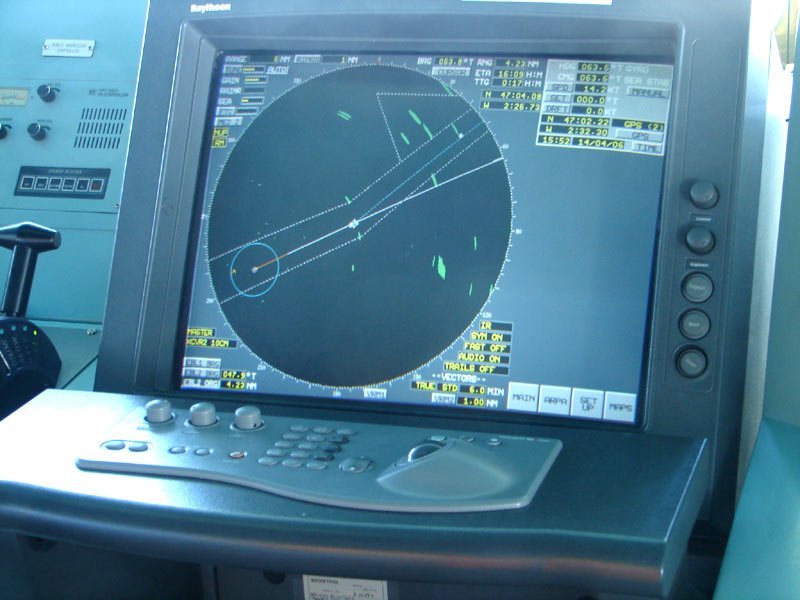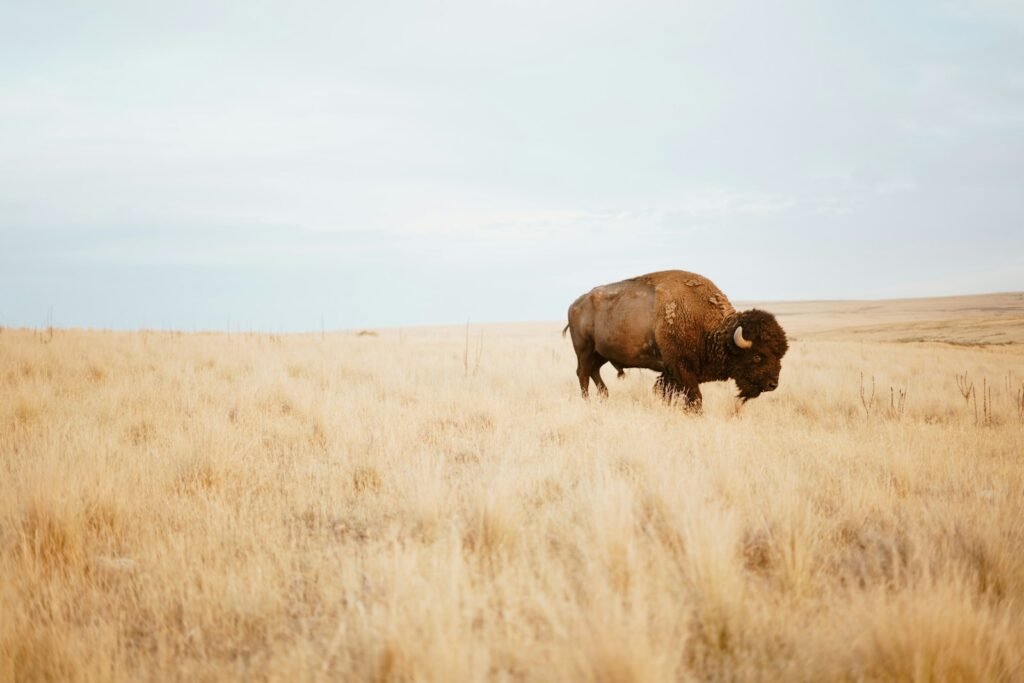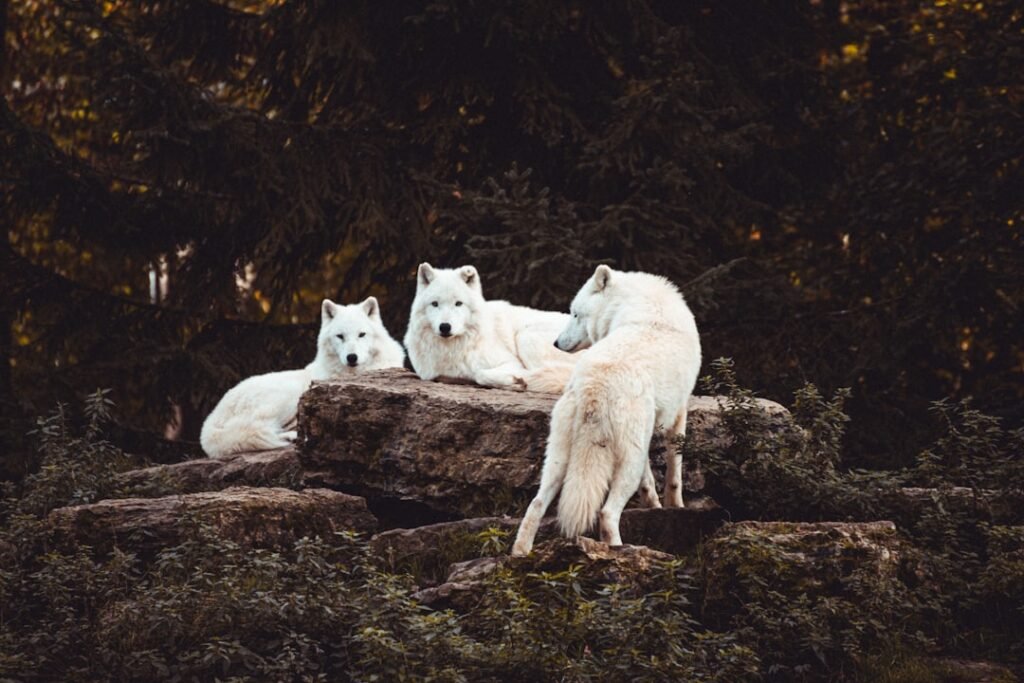Imagine setting out on a vast ocean without modern tools like GPS or even a compass. This was the reality for Polynesian navigators who, centuries ago, embarked on epic voyages across the Pacific Ocean. These seafaring explorers mastered the art of celestial navigation, a sophisticated method of using the stars, sun, and horizon to guide their way. Their journeys were not random but based on a deep understanding of the natural world, blending science, intuition, and a rich cultural heritage.
The Science Behind Celestial Navigation
Celestial navigation is a technique that involves using celestial bodies to determine one’s position and direction. Polynesian navigators relied on this science long before the advent of modern technology. The stars served as a reliable map, with each star and constellation having a specific path across the sky. By understanding these paths, navigators could determine their latitude and direction. The practice required not only scientific knowledge but also a profound connection with the environment, showcasing how ancient cultures blended science with an intuitive understanding of nature.
Understanding the Star Compass
The star compass was a crucial tool in the Polynesian navigator’s toolkit. Unlike a physical compass, the star compass was a mental map of the night sky. Navigators memorized the positions of stars and their rising and setting points. This mental map enabled them to maintain a steady course even when the stars were obscured by clouds. The star compass was not just a navigation tool but a symbol of wisdom passed down through generations. Its use required a deep understanding of astronomy and an ability to visualize complex patterns in the sky.
The Role of the Sun and Moon
While stars played a central role, the sun and moon were also vital components of Polynesian navigation. The sun’s path across the sky provided a reliable east-west reference, helping navigators maintain their course during the day. The moon, with its phases and position, offered additional clues about direction and time. Polynesian navigators had to be adept at reading these celestial cues, interpreting subtle changes in the sky to guide their journeys. This reliance on the sun and moon illustrates the navigators’ holistic approach to understanding the natural world.
Reading the Ocean and Weather Patterns

Beyond celestial bodies, Polynesian navigators were keen observers of the ocean and weather patterns. They could read the direction and size of ocean swells, which often indicated the presence of nearby islands or landmasses. Changes in water color, the behavior of sea birds, and the formation of clouds were all part of their navigational toolkit. This comprehensive understanding of the environment allowed navigators to make informed decisions, ensuring safe passage across vast stretches of open water. Their ability to read the ocean was as crucial as their knowledge of the stars.
Cultural Significance of Navigation
For Polynesian societies, navigation was more than a practical skill; it was a cultural cornerstone. Navigators were revered figures, custodians of knowledge that connected communities across the Pacific. The art of navigation was deeply intertwined with storytelling, songs, and rituals, preserving the wisdom of ancestors while inspiring future generations. This cultural significance highlights the profound respect Polynesians had for the natural world and their place within it. Navigation was not just about reaching a destination but about maintaining a connection with one’s heritage and the cosmos.
Training the Next Generation
The knowledge of celestial navigation was passed down through rigorous training and apprenticeship. Young navigators learned by observing their elders, absorbing the intricacies of the star compass and the nuances of the ocean. Training involved hands-on experience, often on long voyages where apprentices honed their skills under the watchful eye of master navigators. This mentorship ensured the continuity of navigation practices, preserving the wisdom of the past while adapting to new challenges. It was a lifelong journey of learning, reflecting the depth and complexity of the navigator’s craft.
Voyages of Discovery and Exploration
Polynesian navigators were not just travelers but explorers, embarking on voyages of discovery across the Pacific. These journeys expanded their horizons, leading to the settlement of distant islands and the exchange of ideas and cultures. Each voyage was a testament to human curiosity and ingenuity, pushing the boundaries of what was known and possible. The navigators’ spirit of exploration is a reminder of humanity’s innate desire to seek out new frontiers and understand the world around us. Their voyages laid the foundation for a rich tapestry of cultural exchange that continues to resonate today.
The Legacy of Polynesian Navigation

The legacy of Polynesian navigation endures, inspiring modern efforts to revive and celebrate these ancient practices. Organizations and communities across the Pacific are working to preserve this cultural heritage, recognizing its significance in understanding the history and identity of Polynesian peoples. Traditional navigation methods are being taught to new generations, blending ancient wisdom with contemporary perspectives. This revival is not just about preserving the past but about embracing a sustainable future, where respect for nature and cultural heritage go hand in hand.
Modern Recognition and Revival
In recent years, there has been a growing recognition of the sophisticated nature of Polynesian navigation. Efforts to revive traditional practices have gained momentum, with navigators undertaking voyages using only celestial and environmental cues. These initiatives have sparked interest and admiration worldwide, highlighting the navigators’ expertise and resilience. Modern voyages serve as powerful symbols of cultural pride and environmental stewardship, demonstrating the relevance of ancient wisdom in today’s world. The revival of Polynesian navigation is a testament to the enduring legacy of human ingenuity and our capacity to learn from the past.
Lessons from the Stars
The story of Polynesian navigators offers valuable lessons for contemporary society. Their deep connection with the natural world underscores the importance of understanding and respecting our environment. The navigators’ ability to adapt and innovate reminds us of the power of human creativity in overcoming challenges. As we navigate a rapidly changing world, the wisdom of the stars can guide us toward a more sustainable and harmonious future. Embracing the lessons of Polynesian navigators encourages us to look beyond the horizon, seeking solutions that honor our past and inspire a brighter tomorrow.




